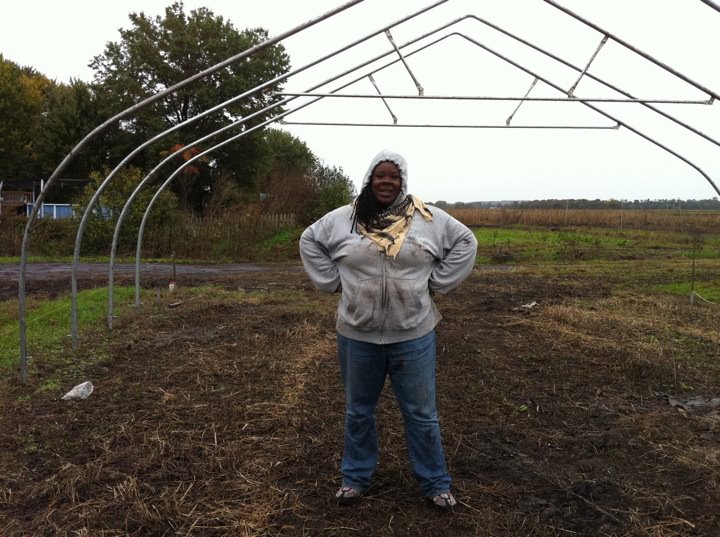Liz Dunn.
Grist is proud to present the Change Gang — profiles of people who are leading change on the ground toward a more sustainable society and a greener planet. Some we’ve written about before; some are new to our pages. Some you’ll have heard of; most you probably won’t. Know someone we should add to the Change Gang? Tell us why.
“I am obsessed with metrics,” confesses Liz Dunn with a little laugh, the kind that acknowledges this isn’t the first time she’s admitted such a truth about herself.
She’s talking about research data soon to be released by her sustainable development think tank, the Preservation Green Lab. The data supports her conviction that, environmentally speaking, it is far, far better to refurbish and retrofit an old building that people see as “crappy-looking” than to tear it down and erect something completely new in its place, no matter how state-of-the-art energy efficient the new structure might be.
Good metrics are important for influencing urban development policy, says Dunn. But the results are also personally satisfying for her. In addition to serving as the full-time consulting director of the Lab, Dunn is a successful Seattle-based real estate developer who specializes in reimagining and rehabilitating existing urban environments. Bringing those old buildings back to life, she argues, is good for the local culture and economy — and the world.
“Cities are part of the environmental solution,” says Dunn, “not part of the problem.” There are “aggregation benefits” that accrue from packing people closely together in “funky old neighborhoods” — including a higher rate of startup formation and business incubation. In an existing urban environment, “adaptive reuse” almost always makes more sense than throwing up yet another “cookie-cutter office park.”
“We shouldn’t be looking at the old buildings as dogs,” says Dunn. “We should be filling in between and reusing what we’ve got.”
A onetime software developer at Microsoft who eventually found the “built environment” more intriguing than worlds constructed out of code, Dunn aims to nurture “high-performance neighborhoods” that simultaneously promote economic development and social equity while remaining environmentally sustainable. She’s fascinated and excited by data — more metrics! — that support the thesis that urban “hot spot clusters” emerge in neighborhoods dominated by older building stock.
The challenge, for Dunn and everyone else espousing smart, adaptive reuse development, is to pull it off in a real estate market overflowing with global investment capital that’s almost entirely indifferent to local conditions or sustainability.
“A large portion of the people involved in the industry that creates our built environment only see buildings as financial transactions,” says Dunn. “The money is really short-term, and that perversely messes up the objectives of a construction project in terms of caring about whether the neighborhood is creating any external benefits.”
But Dunn has a plan to solve that problem too, one she intends to explore in yet another of slice of her endlessly multitasking life — as a visiting fellow at the University of Washington’s School of Real Estate.
“What we need is smaller, more incremental pots of money to be available,” says Dunn. Ideally, there should be “a sort of locavore model for real estate investment, in which the same people who are willing to pay more for locally grown food and support locally grown culture could be given an opportunity to invest in local neighborhood development.”
Locavore money, theorizes Dunn, would understand “that you don’t just tear down an old neighborhood to build a new one. That’s just insane.”
Editor’s Note: We’ve lightly edited two quotations in this piece to better reflect the subject’s intended meaning.



